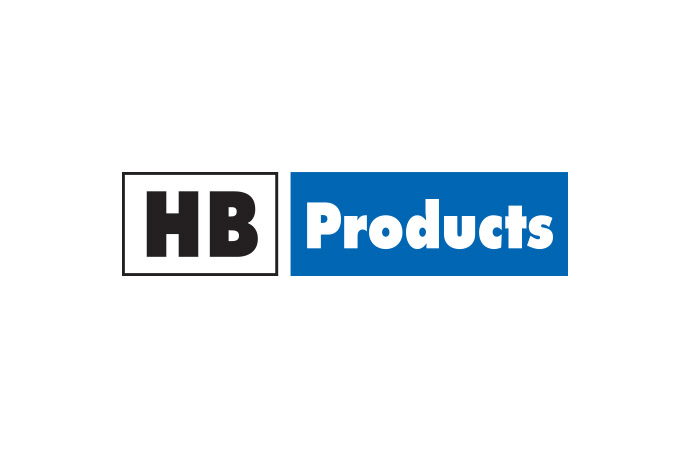The RETA 2010 National Conference, 16-19 November, in Portland, Oregon, covered several topics relevant to operators and engineers of ammonia refrigeration. ammonia21.com reports to you on our coverage of one of the presentations.

A report presented by Lawrence F. ‘Tex’ Hildebrand, RAI, Wagner-Meinert Inc., covers the evolution and improvement of evaporator feed methods for ammonia refrigeration over the past 150 years.
Increased safety standards
In times past, the net refrigerant charge in a refrigeration system was not considered critical; i.e. no OSHA 1910.119, or EPA/RMP, compliance requirements, etc. Today, this factor is very important and current standard safety practices have influenced the execution of refrigerant plant implementation. For instance:
For hand expansion valve (HEV) or thermal expansion valve (TXV) fed once through dry evaporators:
Early systems
In earlier times, flooded systems were designed and installed with the flooding drum mounted so that the evaporator outlet was essentially at the level of the liquid refrigerant maintained in the flooding drum.
Early flooded systems and pumped overfeed systems
In all of these instances, special precautions need to be observed to insure a system that works without undue pressure drop from liquid entrainment in the evaporator suction risers which, if not corrected, causes temperature drop, capacity loss and increased energy consumption.
Conclusions
On new systems or major modifications/additions to existing systems, systematic analyses should be undertaken to determine the best cost/benefit ratio of any changes in design prior to any costs of installation are incurred.
In addition to lowering your head pressure, significantly higher rates of return can be achieved in raising the suction pressure and reducing the pressure loss across suction pressure regulators. By improving the performance of the evaporators, it can be very feasible to make this a reality.
Also, reducing compression ratio will extend the mean time to failure of the compressors, which adds to the maintenance ROI.
Increased safety standards
In times past, the net refrigerant charge in a refrigeration system was not considered critical; i.e. no OSHA 1910.119, or EPA/RMP, compliance requirements, etc. Today, this factor is very important and current standard safety practices have influenced the execution of refrigerant plant implementation. For instance:
- Increased emphasis on safety and reducing the risk of exposure of personnel and product to ammonia.
- Increased inspection and maintenance requirements requiring easier access.
- In recognition of the above, designs changed and designers began moving vessels and valves outside of the plant.
- Significant pressure is being brought to bear to modify systems for lower energy consumption and/or enhanced performance.
For hand expansion valve (HEV) or thermal expansion valve (TXV) fed once through dry evaporators:
- The effects of design changes are minimal and there is very little room for improvement.
- Both of these feed methods do not present any particular problem in regards to pressure drop in the suction lines (if correctly sized for dry vapor).
Early systems
In earlier times, flooded systems were designed and installed with the flooding drum mounted so that the evaporator outlet was essentially at the level of the liquid refrigerant maintained in the flooding drum.
Early flooded systems and pumped overfeed systems
- Required oversizing of the wet suction line, but, if done correctly, did not present any serious problems with regard to pressure losses and/or performance degradation of the evaporator as a result of undue suction pressure drop.
- Updated standard safety practices/regulations require that flooding drums/ wet suction main control banks be mounted many feet above the evaporator.
In all of these instances, special precautions need to be observed to insure a system that works without undue pressure drop from liquid entrainment in the evaporator suction risers which, if not corrected, causes temperature drop, capacity loss and increased energy consumption.
- Utilizing and applying The Vertical Pipe Sizing Program (VPS 2010)1 will minimize head loss and/or friction of wet liquid riser. (This will reduce the energy consumption considerably, especially on low temp evaporators.)
- A temperature penalty will still exist due to the high velocity required to lift the mixture in the wet suction riser.
Conclusions
On new systems or major modifications/additions to existing systems, systematic analyses should be undertaken to determine the best cost/benefit ratio of any changes in design prior to any costs of installation are incurred.
In addition to lowering your head pressure, significantly higher rates of return can be achieved in raising the suction pressure and reducing the pressure loss across suction pressure regulators. By improving the performance of the evaporators, it can be very feasible to make this a reality.
Also, reducing compression ratio will extend the mean time to failure of the compressors, which adds to the maintenance ROI.
MORE INFORMATION
Related stories
















